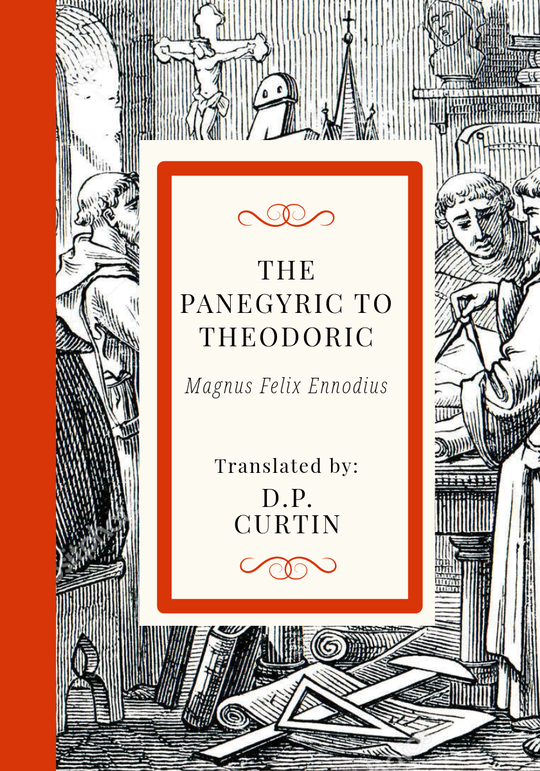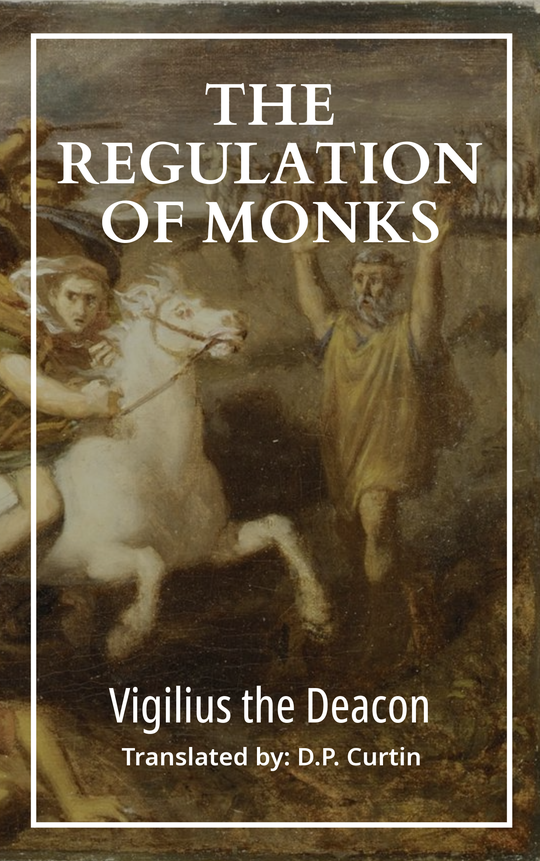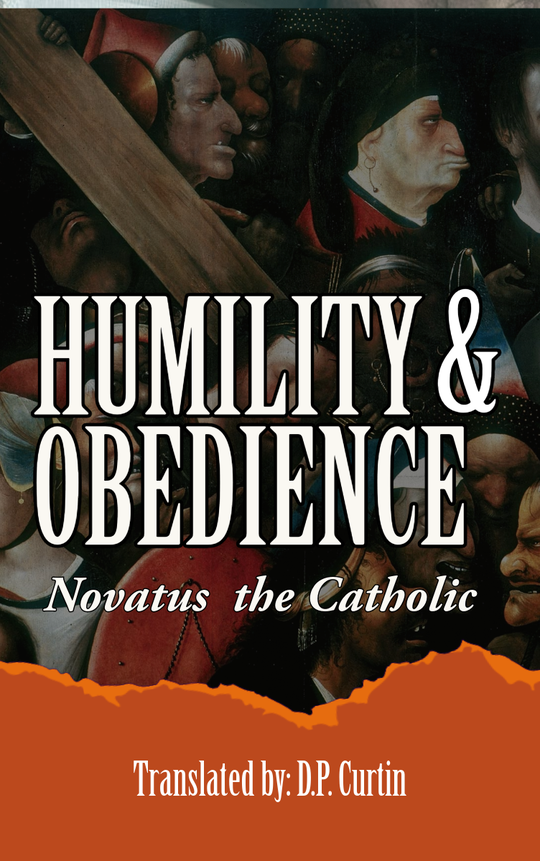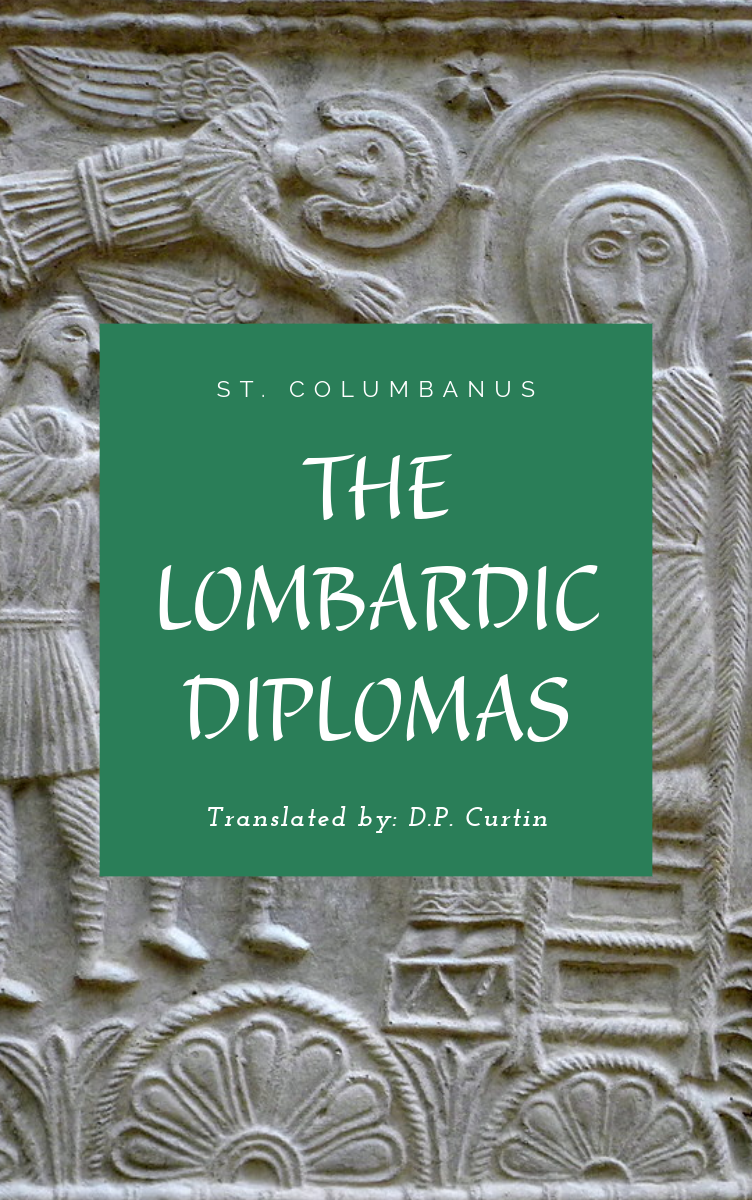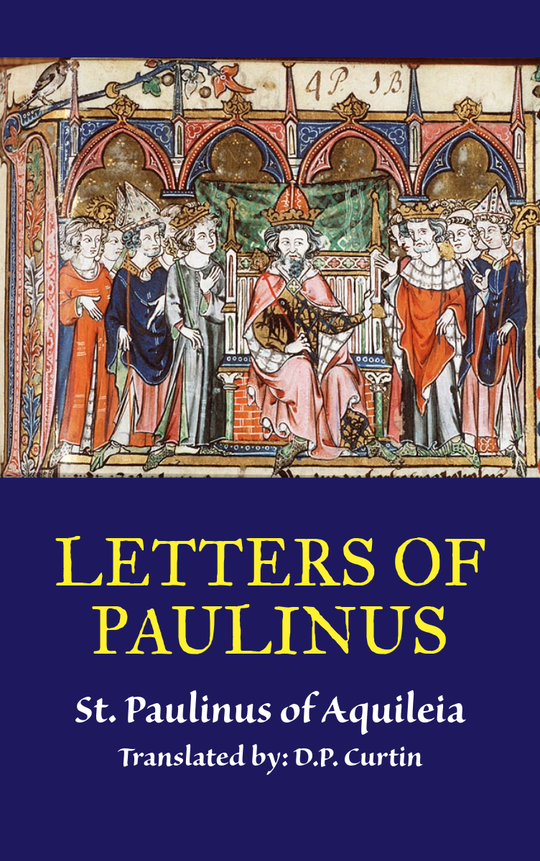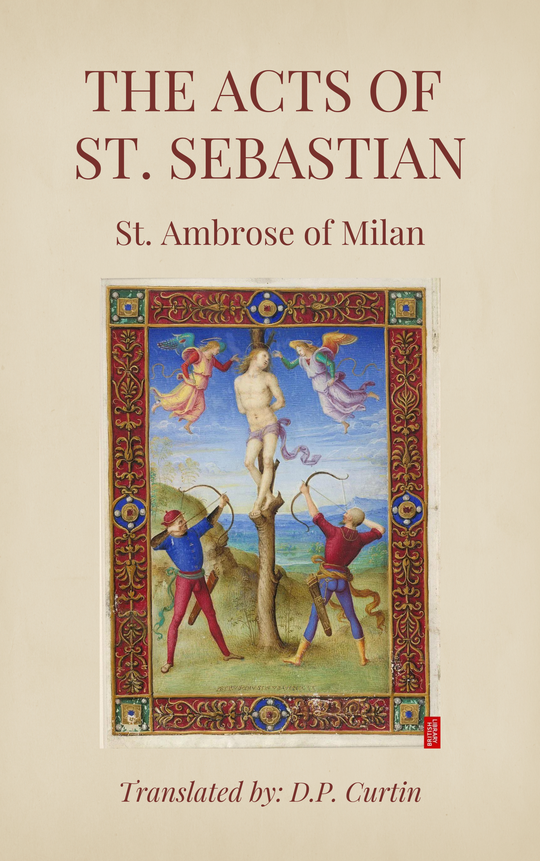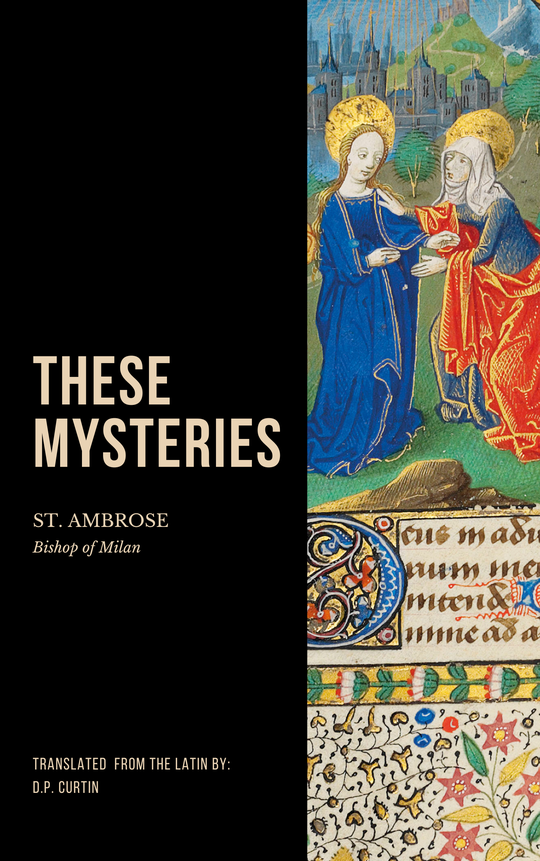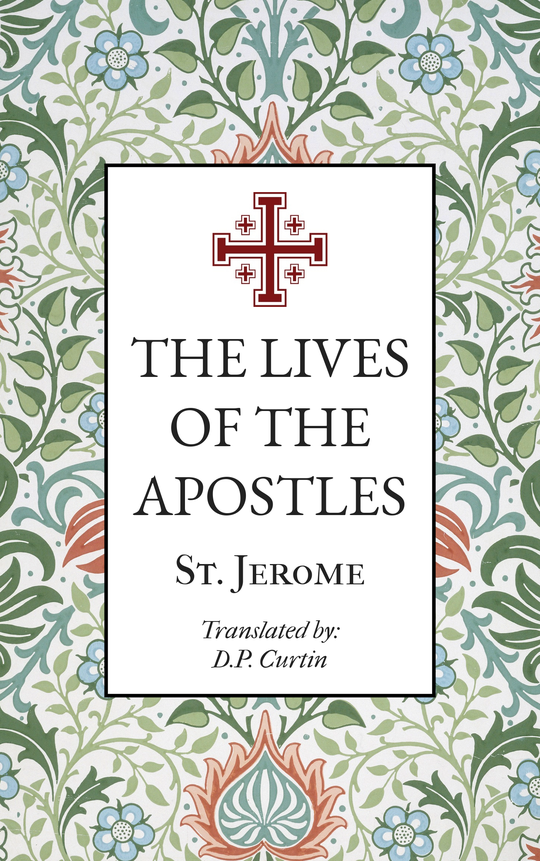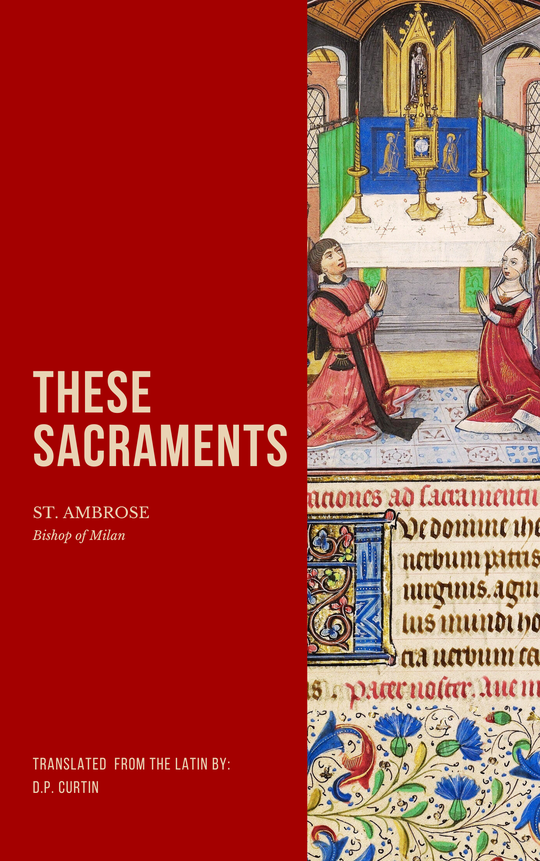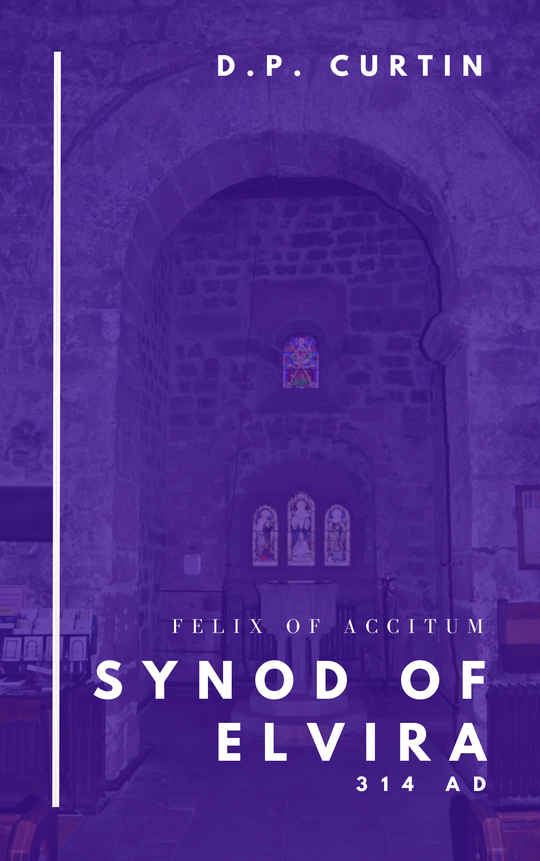
LATE IMPERIAL CHURCH COLLECTION
The late Western Roman Empire, spanning roughly from the 3rd to the 5th centuries, witnessed profound changes in the political, social, and religious landscape of Europe. One of the most significant developments during this period was the rise and eventual dominance of Christianity. This essay explores the role of the Church in the late Western Roman Empire, highlighting its transformation from a persecuted faith to the state religion, the theological and political struggles it faced, and its influence on the empire's cultural and social fabric. At the outset of the 3rd century, Christianity was still a minority religion within the Roman Empire, often subject to persecution by the imperial authorities. Early Christians were seen as subversive because they refused to worship the Roman gods and the emperor, a practice which was central to Roman civic life. The Church’s refusal to engage in these rituals led to suspicions of disloyalty and even treason. However, despite periodic waves of persecution, Christianity continued to spread across the empire, gaining adherents in various social classes, from slaves and women to the elite. The situation for Christians began to change significantly during the reign of Emperor Constantine I (reigned 306–337 AD), particularly after his conversion to Christianity and the issuing of the Edict of Milan in 313 AD. This decree legalized Christianity, granting it the same rights as other religions within the empire. Constantine's support for Christianity not only ended the imperial persecution but also allowed the Church to organize more freely and establish a stronger presence in Roman society. During the late Western Roman Empire, the Church began to play a more significant role in the empire's political and social systems. Constantine himself, though not fully immersed in Christian theology, used Christianity as a unifying force within the empire. He not only endorsed Christianity but also became involved in Church affairs. In 325 AD, Constantine convened the First Council of Nicaea, which was the first ecumenical council of the Church. This council aimed to address the Arian controversy, a theological dispute about the nature of Christ, and to establish a unified Christian doctrine. Constantine's involvement in the Council of Nicaea marked a key moment in the Church’s transformation from a persecuted sect to an institution that could influence imperial policy. The imperial support for Christianity also led to the construction of Christian churches and the integration of Christian symbols into imperial iconography. Constantine himself built the Church of the Holy Sepulchre in Jerusalem, which became one of the most significant Christian pilgrimage sites. Additionally, the construction of St. Peter’s Basilica in Rome and other churches across the empire signaled the growing prominence of Christianity in the fabric of Roman life.
While the Church's rise to prominence in the Western Roman Empire was marked by state support, it also faced significant theological and ecclesiastical challenges. One of the most important theological debates was the Arian controversy. Arius, a Christian priest in Alexandria, taught that Christ was a created being and not co-eternal with God the Father. This teaching, known as Arianism, became widespread, particularly in the Eastern Roman Empire. The Council of Nicaea in 325 AD condemned Arianism and affirmed the doctrine of the Trinity—the belief that the Father, the Son, and the Holy Spirit were of the same substance and co-eternal. Arianism continued to pose a threat to the unity of the Church for several decades, especially in the Western Roman Empire, where many of the barbarian groups, such as the Visigoths and Vandals, had embraced Arian Christianity. The theological dispute over the nature of Christ was not merely an intellectual matter but had far-reaching political consequences, as emperors and bishops aligned themselves with either the Nicene or Arian positions. Another major theological challenge for the Church in the late Western Roman Empire was the Donatist controversy, which emerged in North Africa. The Donatists were a group of Christians who argued that the Church’s sanctity depended on the purity of its clergy. They rejected the validity of sacraments administered by bishops who had lapsed during the persecution of Christians under the Roman emperors. The Donatist dispute led to a series of theological and political conflicts in the African provinces of the empire. Despite these internal divisions, the Church grew increasingly organized and structured. By the 4th century, bishops had become central figures in Christian communities. The bishop of Rome, later known as the Pope, gradually rose to a position of preeminence, a development that would become more pronounced in the following centuries. The establishment of the papacy in Rome was a key factor in the unity of the Church as the Western Roman Empire faced increasing external threats.
As the Western Roman Empire faced economic and military decline in the 5th century, the Church became an increasingly important stabilizing force. The Empire struggled to defend its borders against invading barbarian groups, such as the Vandals, Goths, and Huns. The sack of Rome by the Visigoths in 410 AD and the eventual fall of the Western Roman Empire in 476 AD were devastating blows to Roman political authority. During this period of crisis, the Church became a crucial institution that provided continuity and stability. Pope Leo I (Pope St. Leo the Great), who served as pope from 440 to 461 AD, is a prime example of the Church’s increasing role in addressing the empire's political and military challenges. He famously negotiated with the Huns, led by Attila, to prevent the sack of Rome in 452 AD. In 455 AD, when the Vandals sacked Rome, Leo’s intervention helped to ensure that the city was not entirely destroyed. Leo's actions demonstrated the growing influence of the papacy, which not only had a spiritual role but also played a political one, acting as an intermediary between the collapsing Western Roman state and the barbarian invaders. In addition to its political role, the Church continued to influence the moral and social fabric of the empire. As the empire fractured, many looked to the Church for stability and guidance. Christianity’s ethical teachings, including charity, compassion, and the care for the poor, resonated deeply in a time of social upheaval. Monasticism also began to rise in the West during the late Roman Empire, with figures like St. Benedict of Nursia establishing monastic rules that would influence Western Christianity for centuries. The Church in the late Western Roman Empire underwent a remarkable transformation, evolving from a marginalized and persecuted sect into a central institution with significant political, social, and theological influence. The conversion of Constantine and the subsequent support of Christianity by the imperial state laid the foundation for the Church's dominance in the Western world. The Church's response to theological challenges, such as Arianism and Donatism, as well as its increasing role in the governance of the empire, helped to solidify its place in Roman society. Even as the Western Roman Empire declined and eventually fell in the 5th century, the Church provided a vital source of continuity, acting as both a spiritual and political institution that would shape the course of European history for centuries to come.

